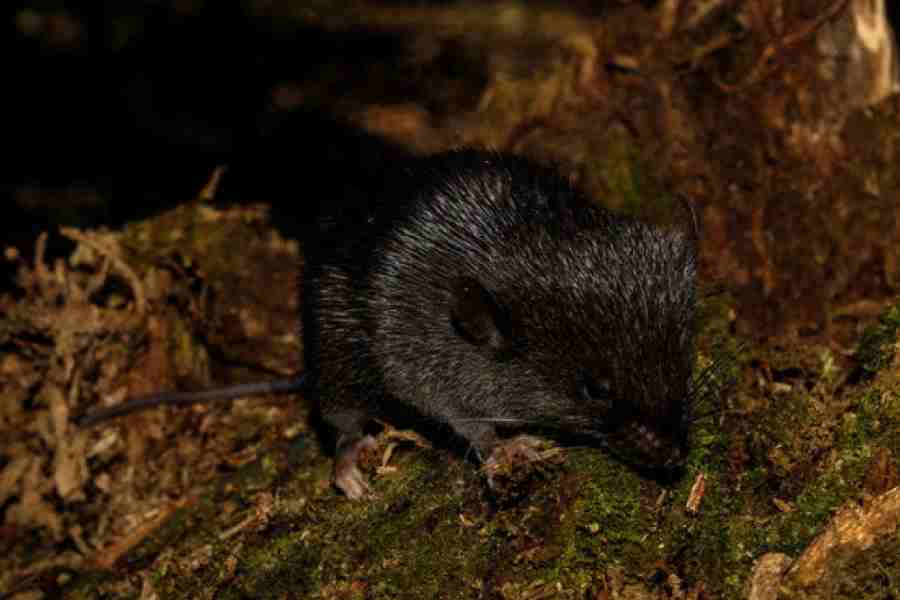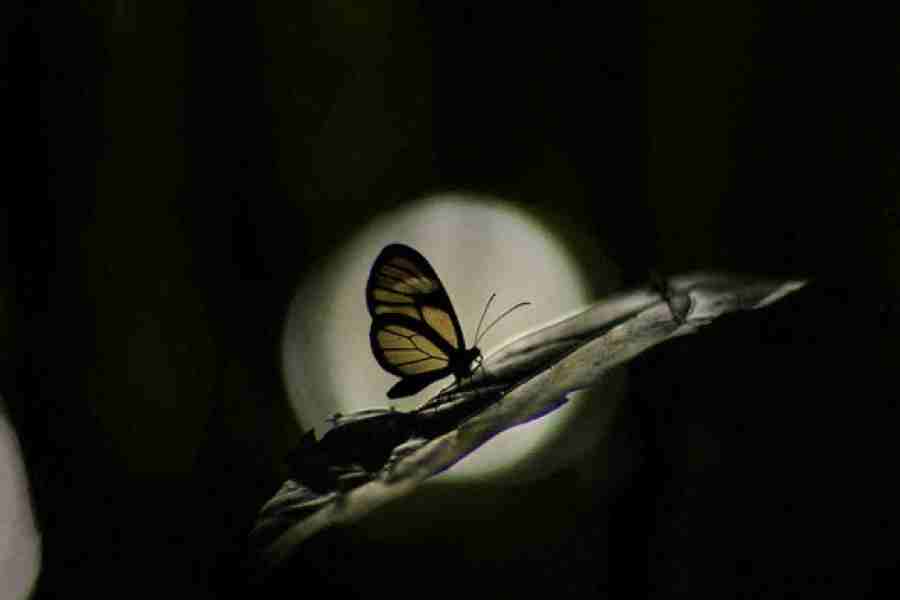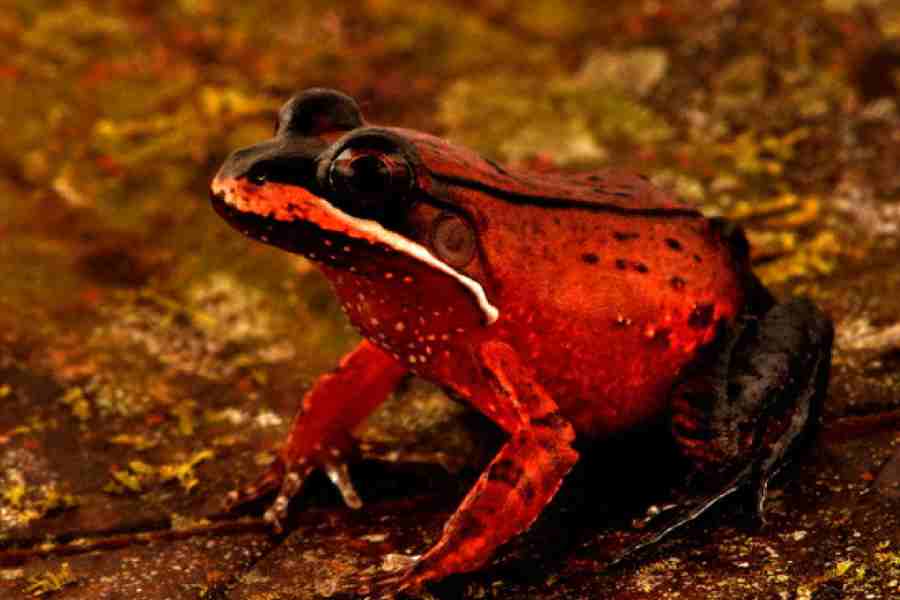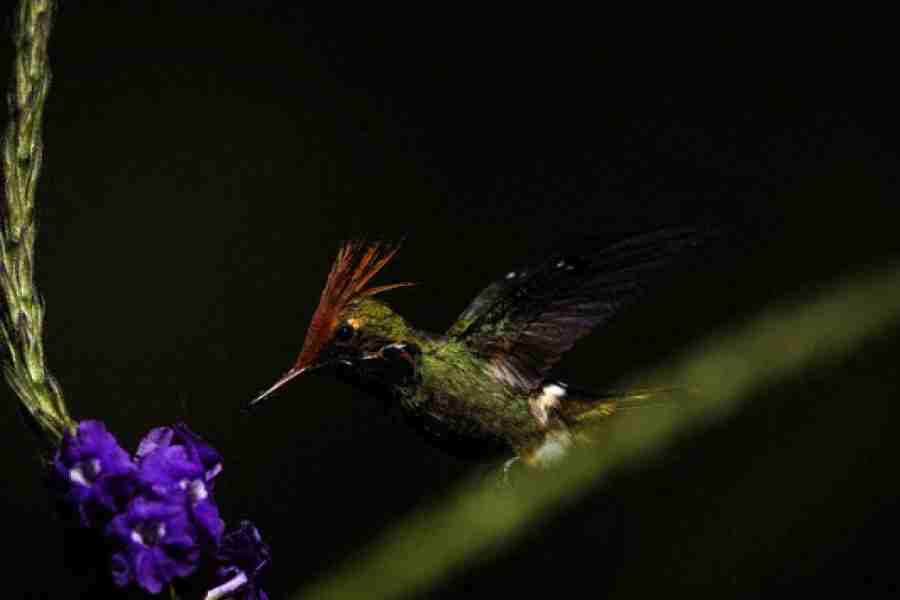In the summer of 2022, researchers trudged into the jungles of the Alto Mayo region of Peru in search of undiscovered creatures. This remote yet populous region had experienced significant deforestation, so the team didn’t expect to find much.
But on Day 1, the researchers discovered a new species of climbing salamander. “I was so excited,” said the leader of the expedition, Trond Larsen, who is senior director for biodiversity and ecosystem science at Conservation International, a nonprofit.
And the discoveries didn’t stop there. A new species of butterfly was discovered shortly after, followed by a new species of squirrel. Then came their most surprising find of all: a mouse that swims with webbed feet.

A specimen of spiny mouse (Scolomys sp.), a species discovered during the expedition at Alto Mayo, Peru. Reuters picture
“Amphibious rodents are almost mythical to mammal experts,” Dr Larsen said. “They’re one of the more rare groups of mammals in the world. I’ve been on so many expeditions where we’ve searched relentlessly for them and come up with nothing.”
During their 38-day expedition, Larsen and his team discovered 27 new species in Alto Mayo, including four mammals, eight fish, three amphibians and 10 butterflies. The team also found dozens of rare and endangered species, some not known to occur anywhere else on Earth.

A clearwing butterfly (Oleria sp.) specimen, one of the 2018 species of butterflies observed during the expedition. Reuters photo
In a report published on Friday by Conservation International, Larsen and his team argue that the discoveries in Alto Mayo demonstrate that habitats heavily influenced by people can still support high levels of biodiversity and should not be written off by
conservationists.
Nestled between the Andes and the Amazon, Alto Mayo is a lush patchwork of jungles, wetlands and mountainous terrain. Hundreds of thousands of people call Alto Mayo home, yet there has been little documented about the plants and animals that live in this rugged region. The Conservation International-sponsored journey scoured
Alto Mayo’s winding rivers, towering treetops and forest floors for unknown species.
“People had been operating under the assumption that with so much human influence, there wouldn’t be very high biodiversity,” Larsen said. “But we found the exact opposite.”

A specimen of the Loreto white-lipped frog (Leptodactlylus rhodomystax), which inhabits Alto Mayo. Reuters
Larsen said he and his team were “blown away” by the number of new species they discovered. Additional discoveries included a species of swamp eel that can survive for long periods on land, and an armoured catfish with a squishy, bulbous nose.
“It looks very similar to closely related species except for the head, which has this massive bloblike structure,” Larsen said, adding that the blob’s purpose was “a complete mystery”.
Prosanta Chakrabarty, a professor of ichthyology, evolution and systematics at Louisiana State University, called the fish “bizarre”.
Chakrabarty, who was not involved with the expedition, proposes that this Frankenfish may use its Squidwardesque schnoz to sense prey hiding in the riverbed.
The fact that “weirdos” like this are still being found “goes to show you how many fish species there still are to discover”, he said.
Overall, the team identified over 2,000 species during the expedition in Alto Mayo, 49 of which are considered at risk of extinction by the International Union for the Conservation of Nature.
“There’s a lot of agriculture and land conversion going on in the area,” said Reynaldo Linares-Palomino, a tropical biologist at the Smithsonian Conservation Biology Institute. “Despite that, this team still managed to document new species, which is exciting.”
Dr Linares-Palomino, who was not involved with the expedition, said the discoveries highlighted the need for conservation in Alto Mayo. “The existing conservation initiatives are not enough,” he said.
Conserving habitat in human-dominated landscapes such as Alto Mayo is tough because of the presence of so many people. Restoring landscapes once cleared for agriculture will be expensive and politically difficult. “It will be a very, very challenging endeavour,” Linares-Palomino said.
But an expedition that identified so many new species was a great first step towards protecting Alto Mayo’s natural wonders.
New York Times News Service











